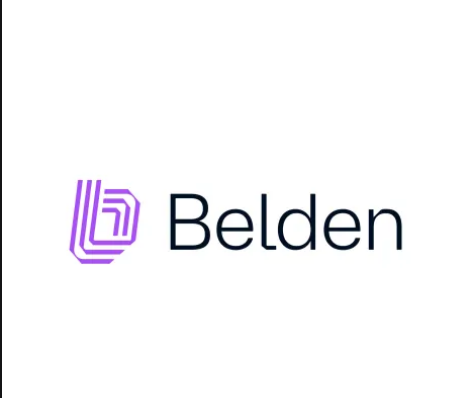The ephemeral state of quantum bits — or qubits — is both the secret power of quantum computing and its not-so-hidden weakness. The unique quantum states of entanglement and superposition can generate massive computational power, but they’re also vulnerable to noise of the surrounding environment.
That’s where Atom Computing comes in.
The heart of the Berkeley, California-based company’s mission is to make quantum computers that have long coherence time and ones that can scale up the number of entangled qubits, according to the company’s co-founder Ben Bloom.
“We’re focused on systems with very long coherence times and with the ability to scale control to have control over individual qubits,” said Bloom. “If you look at the recent example of Google, and their tour-de force work you can dig into that paper and you’ll see that they have something like on the order of 200 to 300 different lines going into that refrigerator. And that’s great when you’re working with 50 qubits, but when you’re talking about a few hundred, a few thousand, a few ten thousand qubits, that’s not a great place to be.”

Atom Computing uses a neutral atom method of quantum computing, he explained.
“We’re focused on technology that utilizes spatial light modulation to allow us to control and image atoms,” he said. “The reason is because you’re manipulating atoms with lasers, you’re able to use spatial division multiplexing when you’re actually talking to the atoms.”
Target Markets: Chemistry, Optimization
Bloom said that the market for quantum computers is nascent and that there is a fairly standard group of customers, including businesses who operate in the quantum chemistry industry, and ones faced with handling near-term optimization problems.
Optimization problems include portfolio balancing for financial companies and managing deliveries for logistics firms.
“There are many classes of optimization problems, including maximal independent set and Max clique that are fairly well mappable onto systems like this. and there are a few larger companies that are interested in these incredibly resource-intensive optimization problems,” said Bloom.
In many of these optimization problems, a tiny improvement has huge payoff. These huge payoffs often can come in unlikely sectors, too, for example, satellite scheduling.
“Let’s say you’re trying to make the schedule for tasks on a satellite, said Bloom. “If you spent a huge amount of money getting a satellite in orbit and you have a variety of tasks that you have to perform that are longer than the lifetime of system — how do you go through and optimize that schedule. How do you find the optimal solution.”
Other types of these problems include resource optimization in manufacturing.
Scale and Stability: The Two Competitive Advantages

As different quantum technologies go head-to-head, Bloom expects certain technologies to be better at some tasks, but not others. However, the key advantage will be in scalability, Bloom suggests.
“As the next few years start to shake out, in my mind, I think people will begin to see that scalability will be the thing that you need more than anything else,” Bloom said. “I think that in the long term I see that whatever you want to do with a quantum computer that having long coherence time is going to be important and that having a huge number of qubits is also going to be important.”
Neutral Atoms
Atom Computing’s focus on neutral atoms, which lack an electric charge, is aimed primarily at that “many, longer” quantum computing model. Neutral atoms tend not to react with other atoms, which makes it sound like they would be poor candidates for entanglement. However, Bloom said that, when prompted by lasers, they make excellent partners in quantum computing.
“Neutral atoms have this special property where they get the same long coherence time that you would get with an ion,” said Bloom. “Neutral atoms have an easier ability to actually get more atoms, whereas ions have this difficulty that every ion that interacts with each other, so scaling isn’t quite as simple.”
Bloom explains a little how these atoms can get out of their shells, so to speak, and take part in quantum computing.
First, the Atom Computing scientists trap single atoms in a vacuum chamber a bunch of individual traps, which looks like a 2-dimensional grid. Then, the scientists relay an image, which is a 2-d grid of spots, and control the amplitude and phase of each spot that are being sent to the atoms.
“This light that we’re doing this with is resonant with certain transitions inside the atom and you’re changing the quantum state of the atom with different amplitudes and different phases as you go,” said Bloom. “And this allows you to both write quantum information into the system, as well as accessing different resonances, you’re able to get atoms to talk to each other.”
Academic Partnerships
The company has received an NSF SBIRR Grant and signed a letter of intent to join CUbit Quantum Initiative, which is administered through the University of Colorado Boulder.
Th company plans on exploring future partnerships to position it for national quantum-based initiatives.
The team that makes up Atom Computing brings together experience from both academia and business. Bloom has experience with working for Intel on the R&D side of the business, which helped him gain some idea of how very large operations work. Bloom added the experience also influences the way Atom Computing goes about debugging problems.
The company has raised about $5 million along with funds from the NSF and they expect to publish multiple times next year, according to Bloom.


















